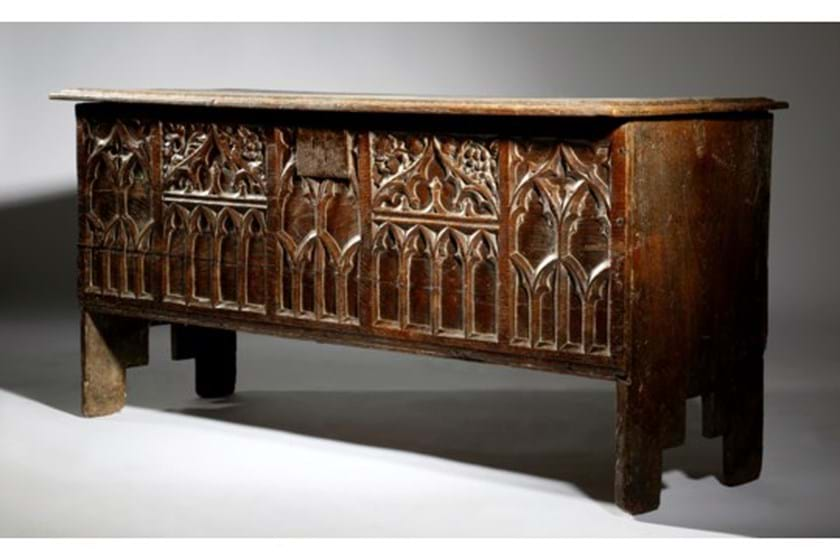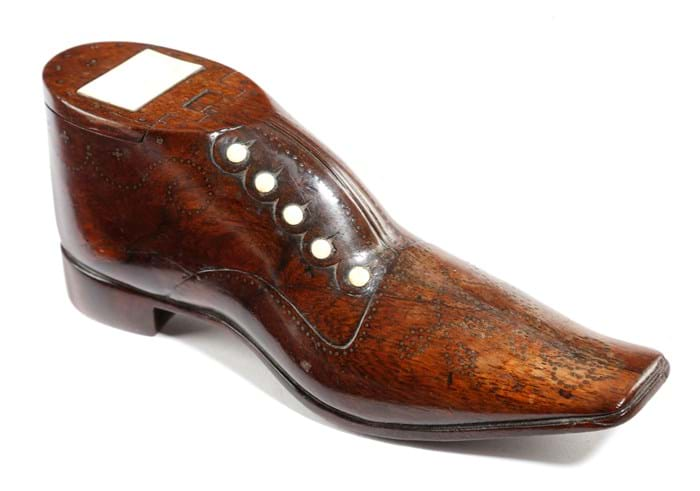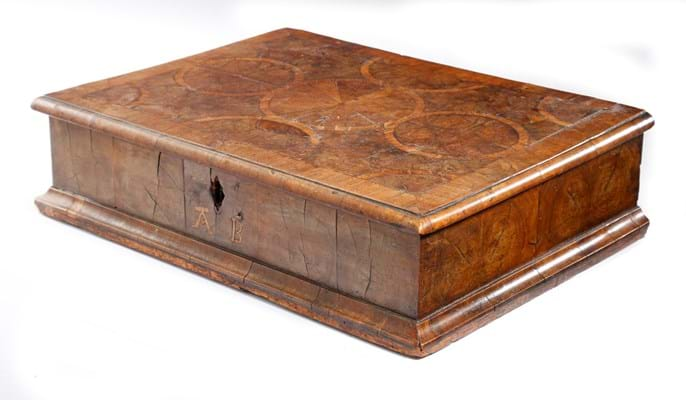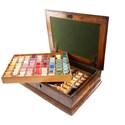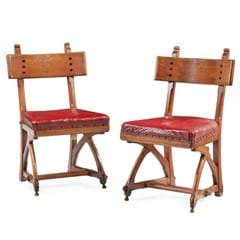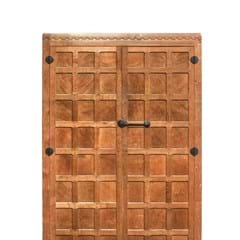Material of choice: Seven different types of wood appearing in Woolley & Wallis’ first auction of the year
02 January 2020 Furniture and other antique wooden objects are prized for their colour as well as their craftsmanship.This this boarded oak chest from the late 16th or early 17th century and later has an estimate of £500-700 at Woolley & Wallis’ auction of January 8.
Over time, woods such as oak build up a sheen, known as a patina, that many decorators and collectors find particularly desirable.
If you want to start the new year off investigating various pieces that might be right for you home, take a look at Woolley & Wallis’ auction of January 8. Below, we choose eight pieces to illustrate different materials exemplified in that sale.
Oak: Chest
There is a wide selection of oak available at Wolley & Wallis, including this boarded chest from the late 16th or early 17th century and later. Although oak is pale at first, it darkens dramatically over time to a rich brown, as is the case with this piece.
It features a hinged lid with a raised central panel revealing an interior with a lidded till. The front has a suitable period look with Gothic arches with tracery, and spandrels carved with oak leaves shamrocks, gapes and vine leaves with stepped cut-out ends. It has an estimate of £500-700.
View and bid for this 17th century and later oak chest on thesaleroom.com.
Mahogany: Console table
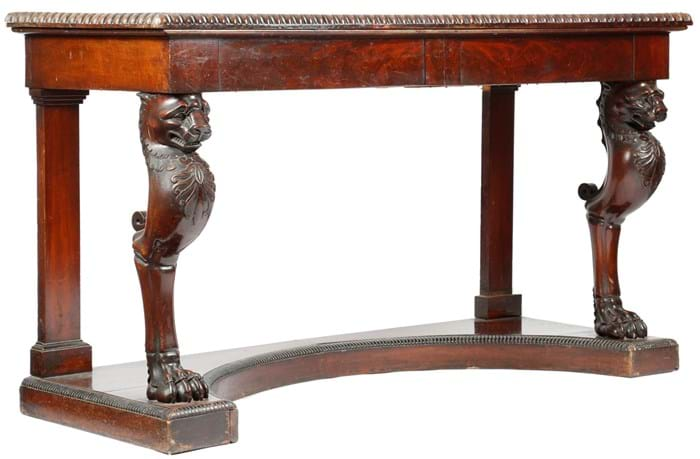
This George IV Irish console table, estimated at £800-1200, is made of mahogany, and probably had a marble top originally. It is offered at Woolley & Wallis on January 8.
Mahogany is a hardwood that can vary in colour from dark brown to red. It became popular in Britain in the mid-18th century, and eventually spread to the rest of Europe.
This George IV Irish console table, estimated at £800-1200, is made of mahogany, and probably had a marble top originally. It features a rectangular top with an egg-and-dart moulded edge above a pair of carved lion’s monopodia supports in the manner of furniture maker Thomas Hope.
View and bid for this George IV Irish console table on thesaleroom.com.
Rosewood: Snuff shoe
Women’s shoes were a popular design for snuff boxes, such as this 19th treen example made in rosewood with ivory buttons. Offered with an estimate of £500-800, it features a vacant plaque with brass tack decorations and a hinged lid where the snuff would once have been stored.
Rosewood is named for the scent released when the wood is cut. It is a hardwood with a very dark, almost black, wavy grain, and was not used for making solid furniture until the early 19th Century.
View and bid for this rosewood snuff shoe on thesaleroom.com.
Walnut: Lace box
There are many examples of walnut available at Woolley & Wallis’ upcoming sale, but one of the more affordable one is this William and Mary lace box, pitched at £200-300.
Walnut can range from light golden brown to grey brown in colour, often with a rich grain pattern. It was first used in the 17th century for decorative veneering of the type that can be seen on the lid of this box.
The crossbanded hinged lid, featuring walnut and oyster veneer, is decorated with rondels and inlaid with the initials AB. Inside is a later baize-lined interior with a lift-out tray and divisions fitted with cotton reels.
View and bid for this William and Mary walnut and oyster veneered lace box on thesaleroom.com.
Satinwood: Victorian bookcase
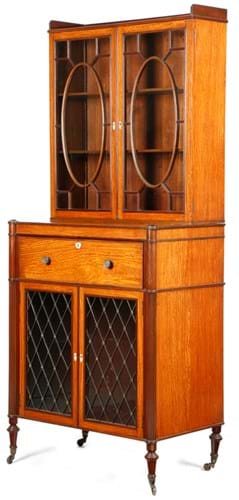
This late Victorian Regency-style satinwood secretaire bookcase is offered at Woolley & Wallis’ January 8 auction with an estimate of £500-700.
This late Victorian secretaire bookcase is made in an older, Regency style out of satinwood. Offered with an estimate of £500-700, it features a three-quarter gallery above a pair of astragal glazed doors enclosing two adjustable shelves. The drawer is fitted with pigeonholes and drawers and the whole piece is on brass castors.
Satinwood, a yellowish close-grained wood, made a revival around the time this bookcase was made, after first becoming popular in the early 19th century.
View and bid for this late Victorian Regency-style satinwood secretaire bookcase on thesaleroom.com.
Fruitwood: Tea caddy
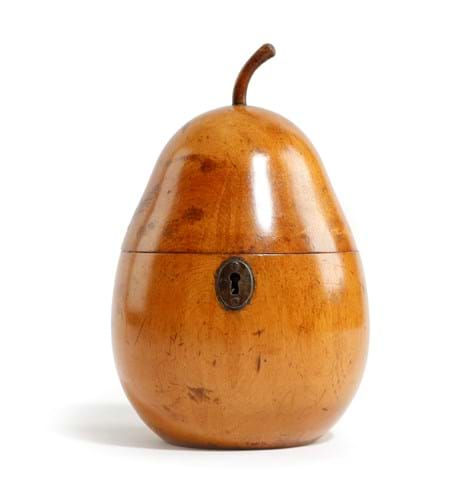
This fruitwood treen tea caddy in the form of a pear is estimated at £1000-1500 at Woolley & Wallis on January 8.
Fittingly, this treen tea caddy in the form of a pear, is made of fruitwood. This is not a specific material, but can refer to the wood of any fruit tree – particularly pear and cherry. Made in the late 18th or early 19th century to hold tea leaves, it features a hinged lid, an oval escutcheon and traces of foil lining inside. It has an estimate of £1000-1500.
View and bid for this fruitwood tea caddy on thesaleroom.com.
Teak: Child’s bureau
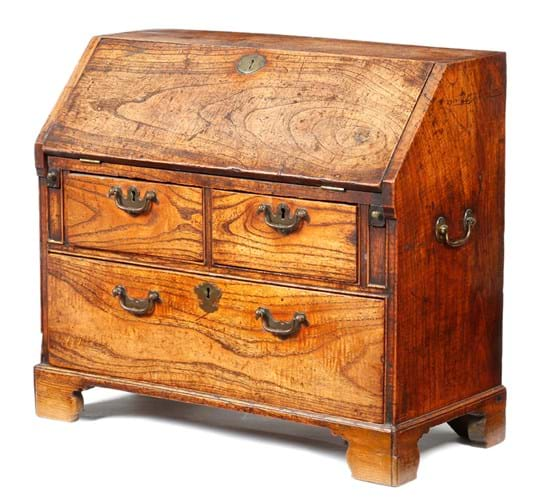
Woolley & Wallis offers this teak Anglo-Chinese child’s bureau with an estimate of £400-600 on January 8.
This 18th century Anglo-Chinese child’s bureau is made of teak. In the following century, the golden-brown material would mainly be used for campaign furniture. However, this early use of the Asian wood is a miniature version of ‘adult’ furniture, featuring a hinged fall with two drawers and pigeonholes above two short and one long drawer. It is estimated at £400-600.
View and bid for this teak Anglo-Chinese child’s bureau on thesaleroom.com.
